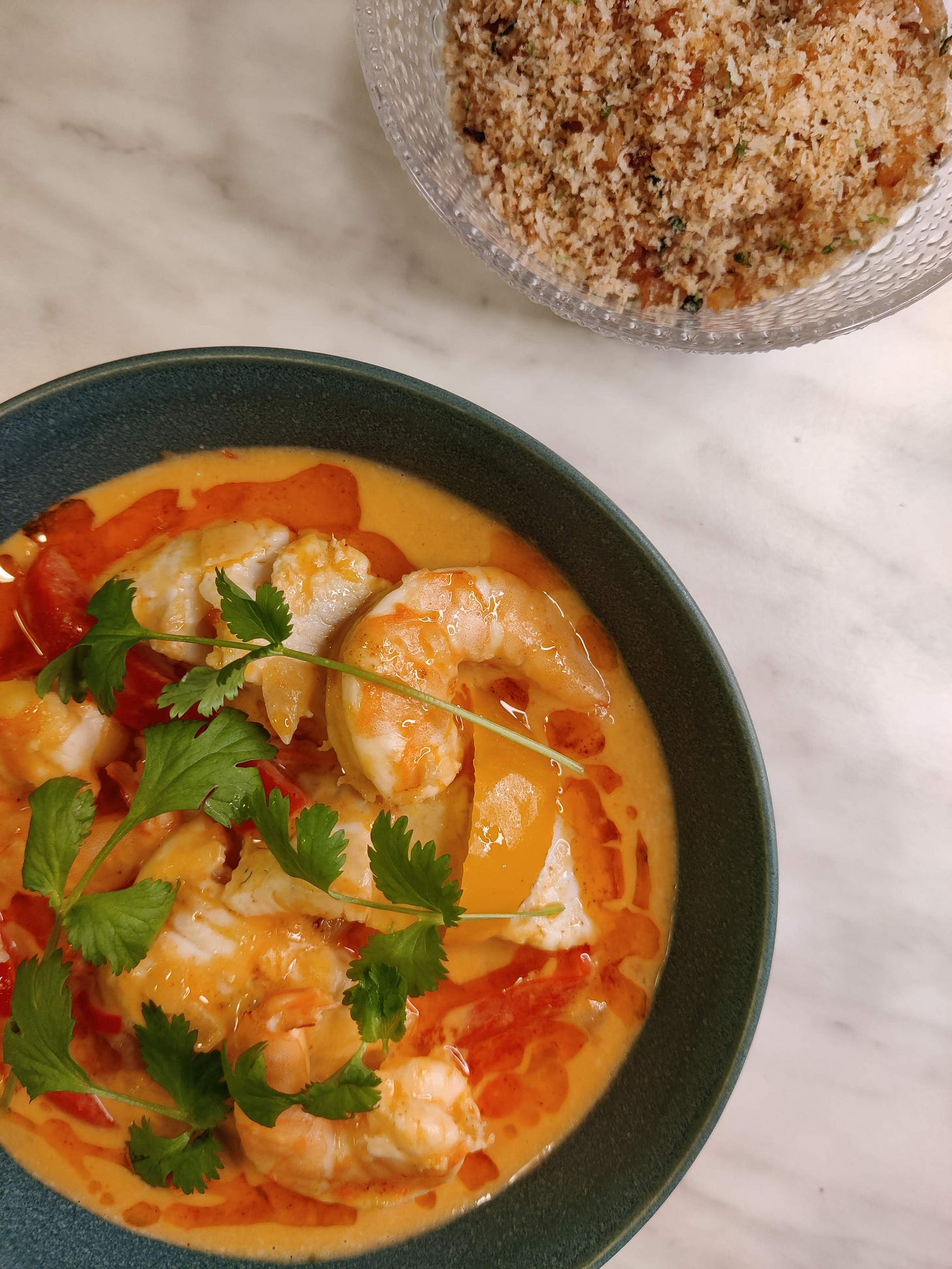Tony Hawk, crispy socks, and the Twitter weirdo
There's a recipe for moqueca somewhere here as well...
I can remember the first time I heard the name Tony Hawk like it was 23 years ago.
I was in a bedroom at a military boarding school in a leafy corner of England called Pangbourne. The boy I shared that room with was called Jermaine. Along with wrestling me naked after he’d f…


